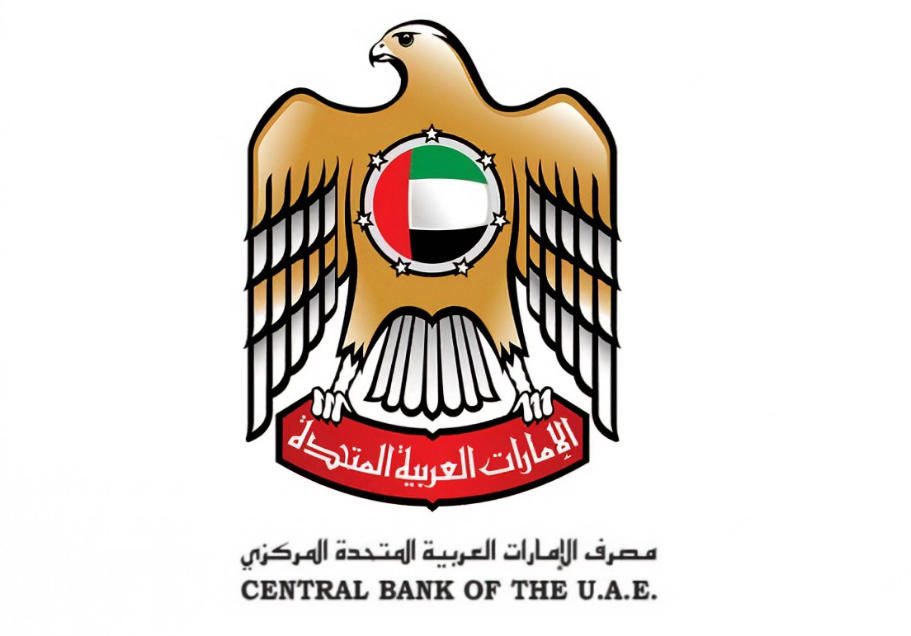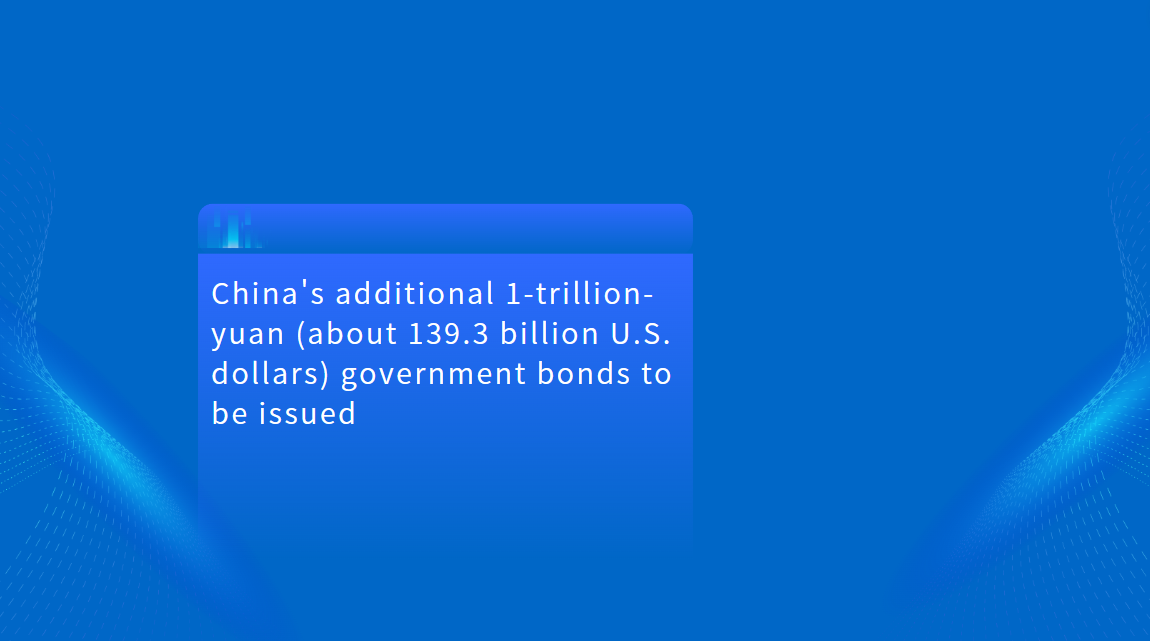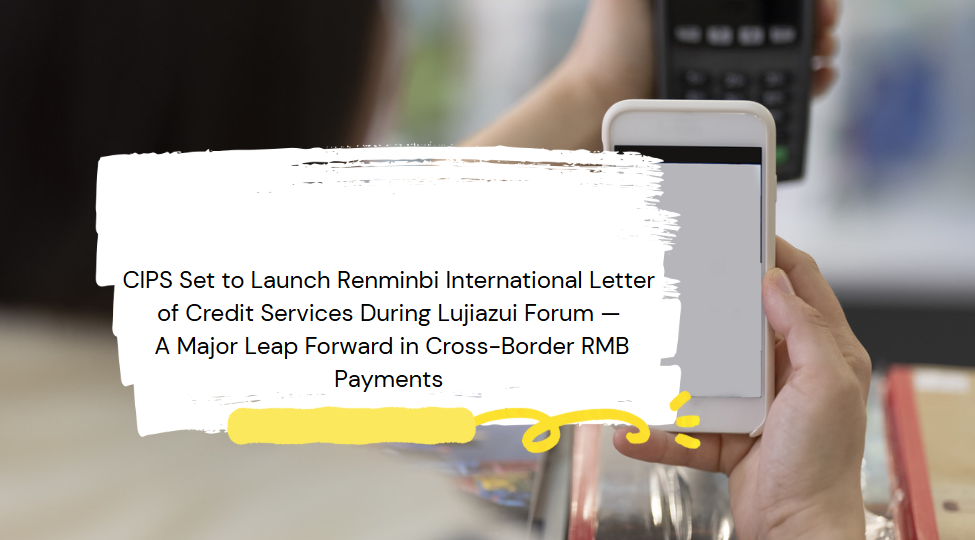Forging New Currency Corridors: RMB's Strategic Leap Beyond the Dollar
本文包含AI辅助创作内容
As confidence in the U.S. dollar wavers, China and its partners are accelerating local currency settlement and payment system integration—moves experts say could bolster global financial resilience and create fresh opportunities for international banks, investors, and trade financiers.
Recent developments underscore this shift. In May, the People's Bank of China (PBoC) and Bank Indonesia agreed to extend their local currency settlement framework from current account and direct investment transactions to encompass capital and financial flows. Simultaneously, the PBoC and Brazil's central bank deepened cooperation on bilateral renminbi settlements and fast tracked the interlinking of their cross-border QR code payment systems .
Building on its core role in RMB clearing, the Cross -Border Interbank Payment System (CIPS) signed a memorandum of understanding with the Central Bank of the UAE to enhance Middle East–North Africa payment connectivity and provide local currency clearing services. “Promoting local currency settlements and cross system interoperability will reduce reliance on the U.S. dollar and mitigate risks from major currency swings,” says Charlie Zheng, chief economist at Samoyed Cloud Technology Group Holdings .

A Digital Foundation for a Broader RMB Footprint
Beyond bilateral corridors, regional initiatives are cementing the RMB's role in emergency financing. ASEAN+3 finance ministers last month endorsed a Rapid Financing Facility under the Chiang Mai Initiative Multilateralizations that explicitly includes non -dollar currencies—among them the renminbi—as options for member economies confronting balance of payments shocks .
Hong Kong's pioneering Stablecoins Ordinance, enacted on May 30 and effective August 1, marks the world's first regulatory framework for fiat referenced stablecoins. “While digital currency does not automatically mean international currency, in the digital era one is an essential component of the other,” observes Song Ke, executive vice president of Renmin University of China's Shenzhen Research Institute and deputy director of its International Monetary Institute . The law paves the way for the digital renminbi (e CNY) to integrate into the broader stablecoin ecosystem, potentially enabling seamless cross -border conversions and reducing dependence on dollar based clearing rails.
Seizing a Strategic Window
This momentum comes amid an unprecedented challenge to U.S. Treasury bill creditworthiness. As Liu Feng, chief economist at the China Green Finance Institute, notes, “China supports nearly 30% of global manufacturing and supply chain output, yet the RMB accounts for only around 4% of global payments” . That mismatch—compounded by the dollar and euro's combined 80% share of global payments—distorts corporate asset pricing and forces Chinese exporters and investors to navigate higher FX costs and restricted RMB credit channels.
Between January and September 2023, RMB cross- border settlement with Belt and Road countries exceeded RMB 6.5 trillion, a 19% year -on -year jump. Yet the RMB constitutes just 3.79% of international payment traffic and a mere 2.4% of official foreign exchange reserves. As U.S. policymakers experiment with dollar pegged stablecoins and credit rating concerns surface, Liu sees a “historical window” to accelerate RMB internationalization and correct these distortions.





















































First, please LoginComment After ~